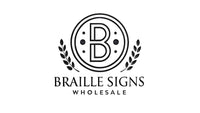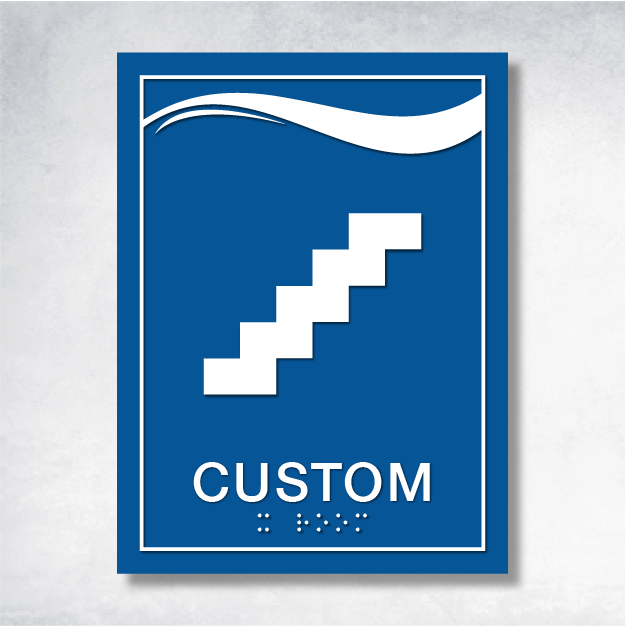Braille signs are an essential part of creating accessible environments, yet many misconceptions surround their use. Did you know that only a small percentage of visually impaired individuals in the U.S. read Braille? This statistic highlights the need for greater awareness and understanding of Braille signage. In this article, we will debunk common myths and reveal the facts about Braille signs, emphasizing their critical role in accessibility.
Braille is Not a Language
A prevalent myth is that Braille is a language in itself. In reality, Braille is a code that transcribes existing languages into tactile dot patterns. This misconception may arise from the unique structure of Braille, which uses six-dot cells to represent letters and symbols in various languages. Understanding this fact is crucial, as it underscores Braille's function as a transcription tool rather than a standalone language.
Braille Does Not Use Raised Letters
Another common belief is that Braille consists of raised letters. In truth, Braille is composed of six-dot cells arranged in specific patterns, allowing for 63 possible combinations. These patterns are not letters but tactile symbols that represent letters, numbers, and punctuation. This structural complexity enables Braille to convey detailed information efficiently.
Braille Benefits More Than Just the Blind
It's often assumed that Braille is exclusively used by blind individuals. However, Braille is also beneficial for people with cognitive or motor disabilities. For instance, individuals with conditions that affect their ability to process visual information can use Braille for reading and communication. This broader application highlights the versatility and importance of Braille in enhancing accessibility for various communities.
Technology Has Not Made Braille Obsolete
In the digital age, some believe that technology has rendered Braille obsolete. Contrary to this myth, Braille complements technology, particularly through devices like refreshable Braille displays. These devices convert digital text into tactile output, allowing users to interact with digital content in Braille. This integration underscores Braille's enduring relevance and adaptability in a tech-driven world.
Braille Systems Vary Globally
A misconception exists that all Braille systems are the same worldwide. In fact, Braille adapts to different languages and includes specialized codes for specific fields, such as mathematics and music. This adaptability ensures that Braille remains a universal tool for communication across diverse linguistic and cultural contexts.
The Origins and Evolution of Braille
Braille's origins trace back to a French military code known as "night writing," designed for soldiers to communicate silently at night. Over time, Braille evolved into a comprehensive system for reading and writing, adapted for various languages and uses. This evolution reflects Braille's enduring significance in promoting literacy and accessibility.
The Benefits of Braille Signs in Public Spaces
Braille signage plays a crucial role in making public spaces accessible. By providing tactile information, Braille signs help individuals navigate environments independently, promoting inclusivity and equal access. The benefits of Braille signage extend beyond the visually impaired, fostering a more inclusive society for all.
Conclusion
Understanding the myths and facts about Braille signs is vital for appreciating their role in accessibility. By debunking misconceptions, we can advocate for the increased use of Braille signage in our communities. For further information on Braille signage solutions, explore these resources: ADA Elevator Signs, Navigational Necessities Signs, and Epsilon Corridor Sign B.
Additional Resources
For those interested in learning more about Braille signs and accessibility, consider the following resources: Epsilon Stair ID Sign and Search for Braille Signs. These links provide valuable insights into the benefits and applications of Braille signage in public spaces.









